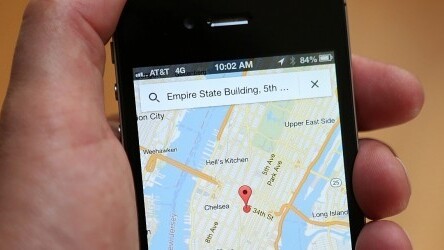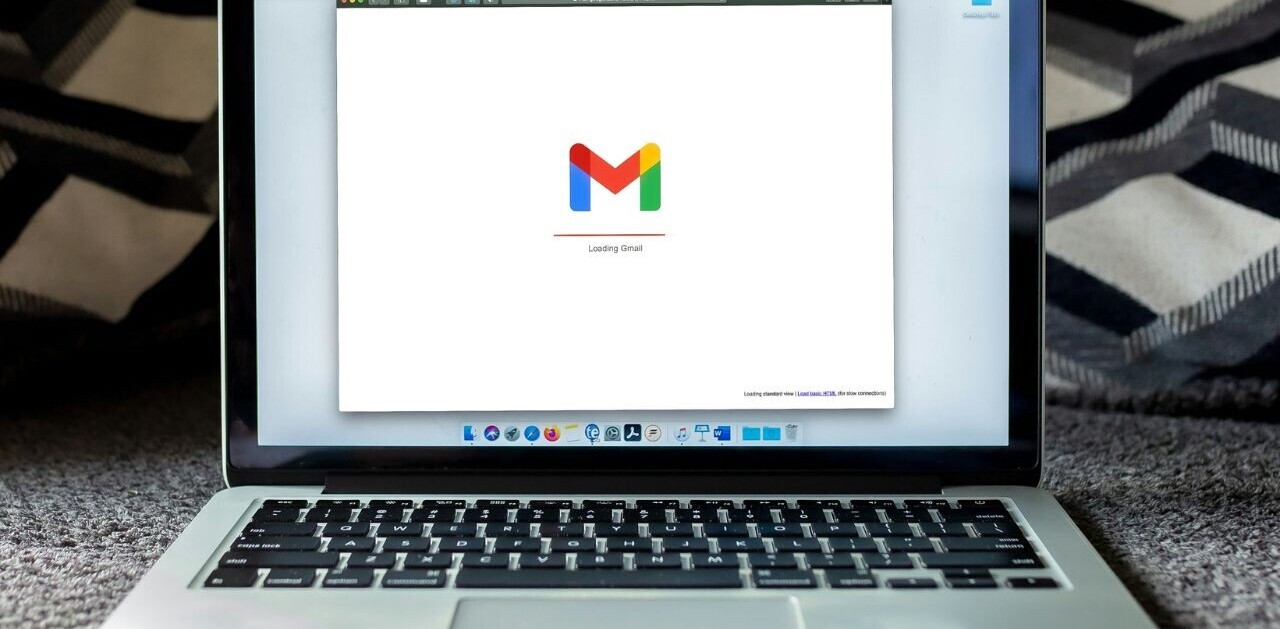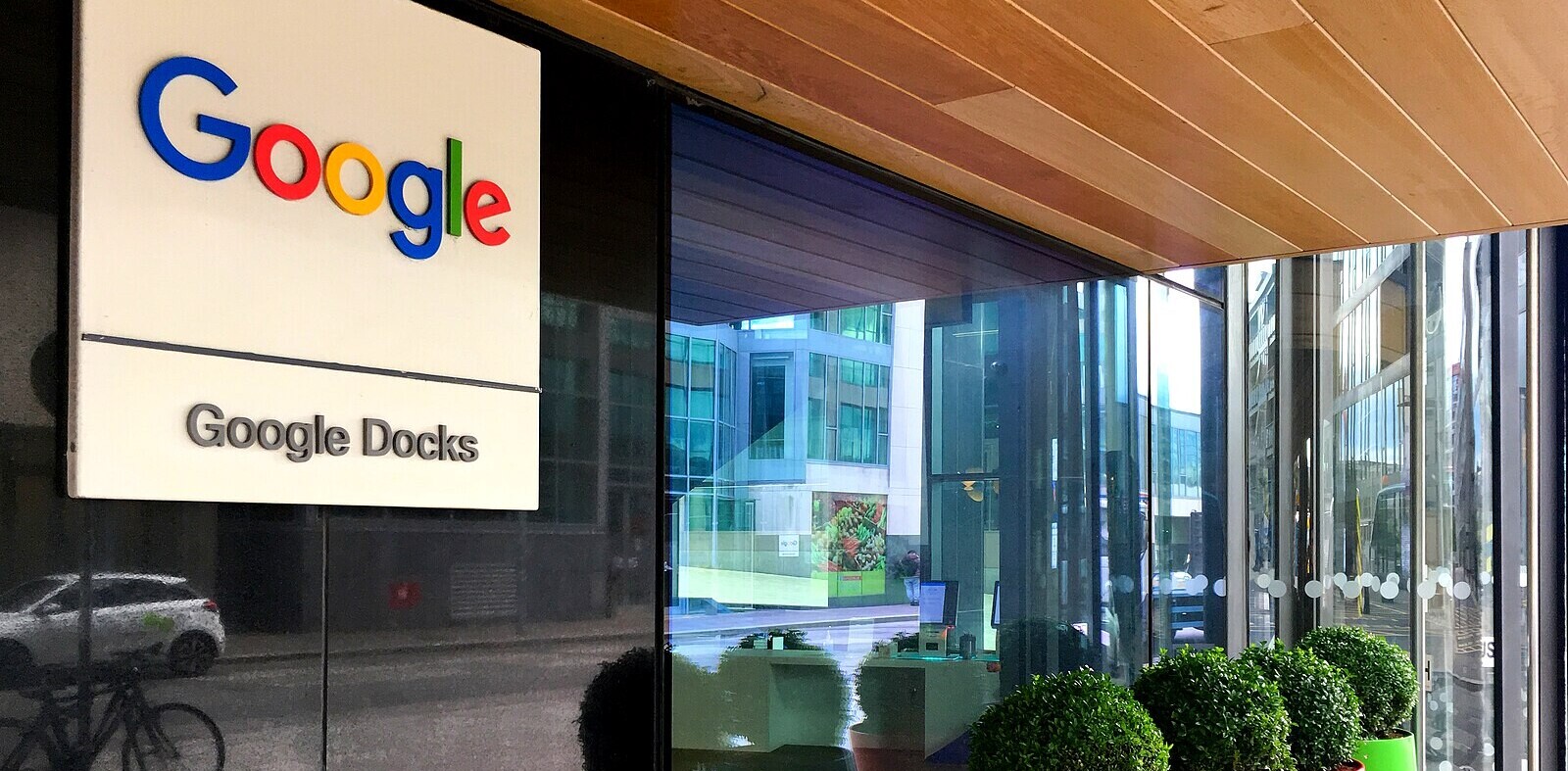
Since announcing it would boot Google Maps from iPhones last year at WWDC, Apple has struggled to keep its maps product competitive with that of Google’s. Apple’s results have been a mixed bag, with a handful of publications arguing its superiority over Google Maps, and a majority of others complaining loudly enough to necessitate an apology from CEO Tim Cook.
Now, as Apple works to improve and expand its mapping service, The Wall Street Journal is reporting a $20 million acquisition of indoor GPS startup WiFiSLAM — undoubtedly a move to challenge Google’s indoor mapping initiative.
Indoor Mapping At The Moment
While the user experience will ideally be the same for consumers, there are many different ways to bring GPS-like functionality indoors. Clearly, traditional GPS technology isn’t an option, but there are various techniques in bringing accuracy to this emerging space.
Indoor Google Maps reportedly utilizes a combination of data sets, including nearby WiFi hotspots, cell tower data and manually uploaded floor plans. While asking merchants to upload their own floor plans appears to be a cumbersome and time-consuming process, Google appears to have done well so far, with over 10,000 floor plans charted across the US, Canada, UK, Spain, Germany, Singapore and more.
It’s noteworthy that Google’s street view mapping process was also cumbersome and time-consuming, but it certainly paid off.
A detailed look at WifiSLAM’s own techniques aren’t available publicly, but the company claims it can achieve “2.5m accuracy using only ambient WiFi signals that are already present in buildings.”
Google and Apple aren’t alone in this fight, either; Nokia, Samsung, Sony Mobile and nineteen other companies formed an “In-Location Alliance” last year to boost indoor positioning technologies. The alliance appears to be evangelizing a combination of Bluetooth and Wi-Fi network data for generating accurate indoor maps.
Microsoft has also developed indoor solutions within its Bing Maps product, and announced 3,000+ indoor venue maps back in October of last year.
Various other emerging startups also exist in this space, including ByteLight, which raised $1.25 million last year to fund its LED-powered location system. The Wi-Fi-focused Aisle41/WiLocate, radio-based Qubulus and CMS-focused Meridian serve to further complicate this industry as potential competitors and acquisition targets.
Apple Has A Ways To Go
There’s plenty of territory left to conquer, but Apple has a long way to go if it wants to dominate indoor mapping. Google has major partnerships with the likes of IKEA, The Home Depot and Mall of America; Meridian has deals with NY’s MTA and The American Museum of Natural History; and Microsoft claims relationships with nine of the largest US malls.
WifiSLAM, on the other hand, has kept quiet in terms of its current and potential reach — its entire site has been taken down following the acquisition.
Apple’s struggle in the mapping space isn’t encouraging, but indoor mapping is still very much a developing technology. Jumping into the indoor game now could prevent Apple from falling too far behind to catch up.
Image Credit: Justin Sullivan/Getty Images
Get the TNW newsletter
Get the most important tech news in your inbox each week.





